The York Councils on line “report it” system was faulty earlier in the week. It working again now.
We’ve taken the opportunity to ask for the remaining leaf detritus to be swept from the Acomb Car park.
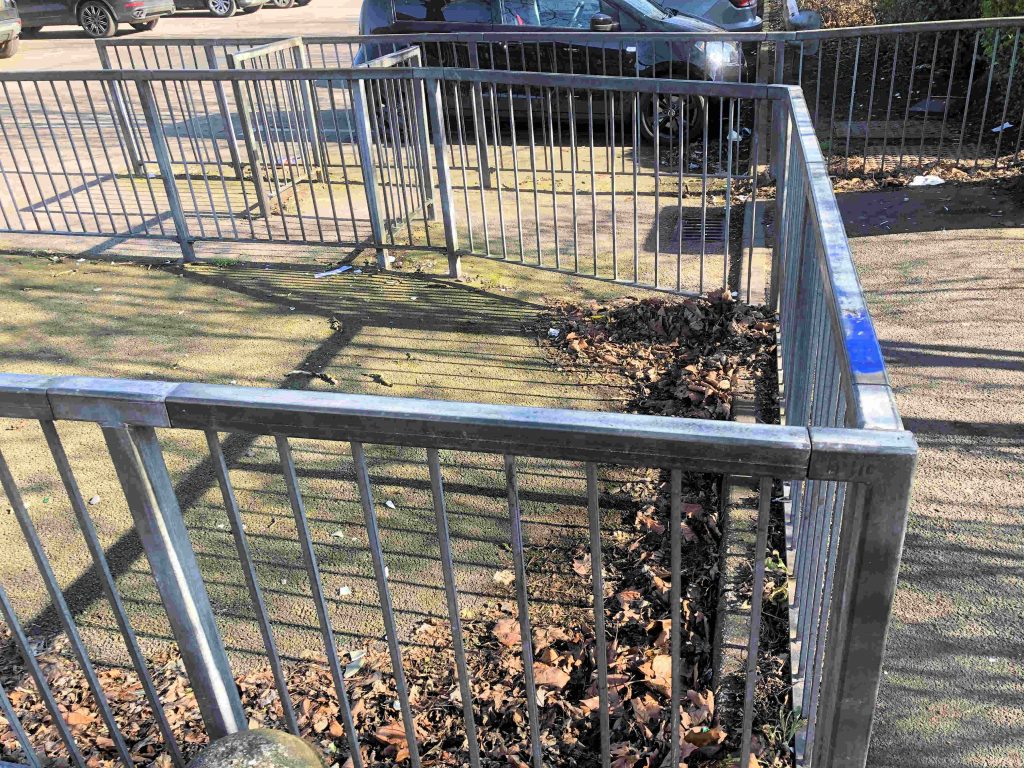
The York Councils on line “report it” system was faulty earlier in the week. It working again now.
We’ve taken the opportunity to ask for the remaining leaf detritus to be swept from the Acomb Car park.

Applications are starting to come in for new mobile phone masts in parts of York. They will support the new 5G network that is being rolled out.
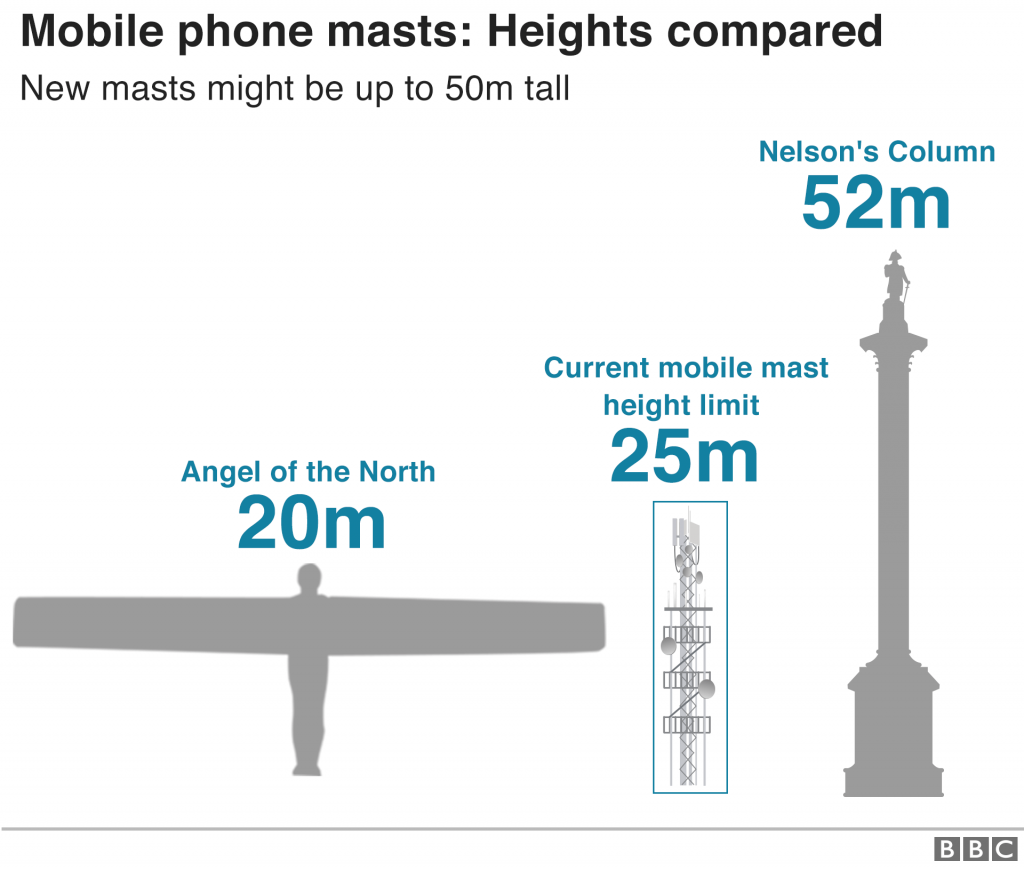 We understand that many will involve the upgrade of existing equipment.
We understand that many will involve the upgrade of existing equipment.
Only one case has so far been referred to the planning committee. It concerns a proposed mast to be located in Naburn Lane.
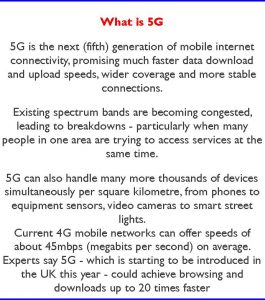 The application seeks permission for the replacement of an existing 11.7m high monopole telecommunications mast with a 20m high tower and associated cabinets.
The application seeks permission for the replacement of an existing 11.7m high monopole telecommunications mast with a 20m high tower and associated cabinets.
The site is in the Green Belt. Officials are recommending approval at a meeting next week.
The application does, however, raise the broader issue of how many new masts may be required in the York area and crucially how high they might be.
Last year the government threatened to remove Councils powers to vet applications. They hoped that this would speed up the process of rolling out the new network
While the new masts could be twice as high as those provided for 4G coverage, the main impact is likely to be on rural areas.
At present little information has been made available to York residents. All we have are national background briefings.
A BBC article last year reacted to forecasts of hundreds of new masts being required.
We think that the Council should tell residents what to expect, where and when as the 5G revolution gathers pace
The present administration at the York Council was elected on a raft of manifesto promises which included a commitment to improved street level public service standards as well as to more open decision making.
They rightly aimed to achieve this by delegating more decisions so that they could be taken at community level.
In practice ward Councillors were given more neighbourhood responsibilities supported by an enhanced budget.
Additional funding was made available for general improvements. The Housing Estate improvement budget processes were also changed in an attempt to give those areas that did not have a residents association a share of the available resources.
Although progress in delivering schemes which were identified in the summer has been painfully slow, at least some attempt has been made to provide more transparency. The latest list of approved schemes can be downloaded (link). It lacks update information on implementation progress but it is better than was provided by the last Council.
Decisions are now being publicised on a regular basis. The latest was agreed at the end of February (click)
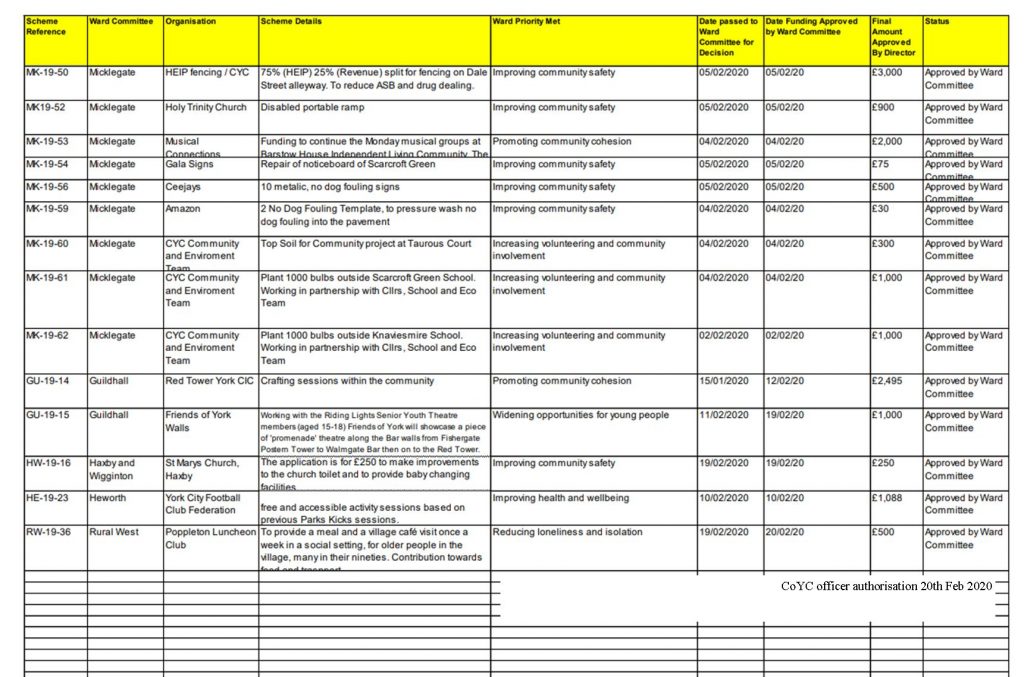
Latest approvals
Its a great shame though that that the new delegated budget – totalling £1 million – and intended for highway, cycle and footpaths improvements has not produced any tangible results. The condition of several local highways is now very poor, yet the budget remains unused.
The Council today published what purported to be a delegated decision (which has apparently been approved by a senior manager) detailing how the budget will be used. However anyone viewing the Council web site would still be unable to see a list of the roads which might benefit. It simply says that the schemes are located in the Fulford and Derwent Wards.
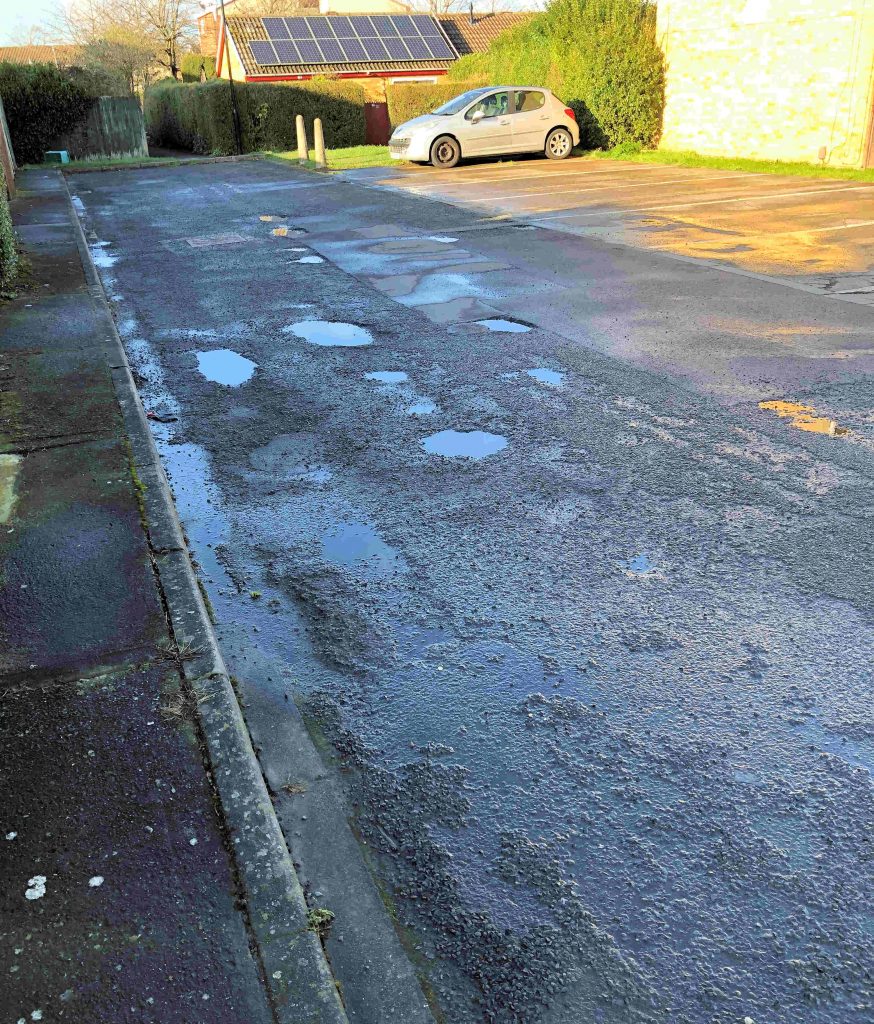
This really isn’t good enough.
Road requiring attention were identified by local residents over 6 months ago. That is long enough to allow for resurfacing to be arranged.
We are now within 3 weeks of the end of the financial year.